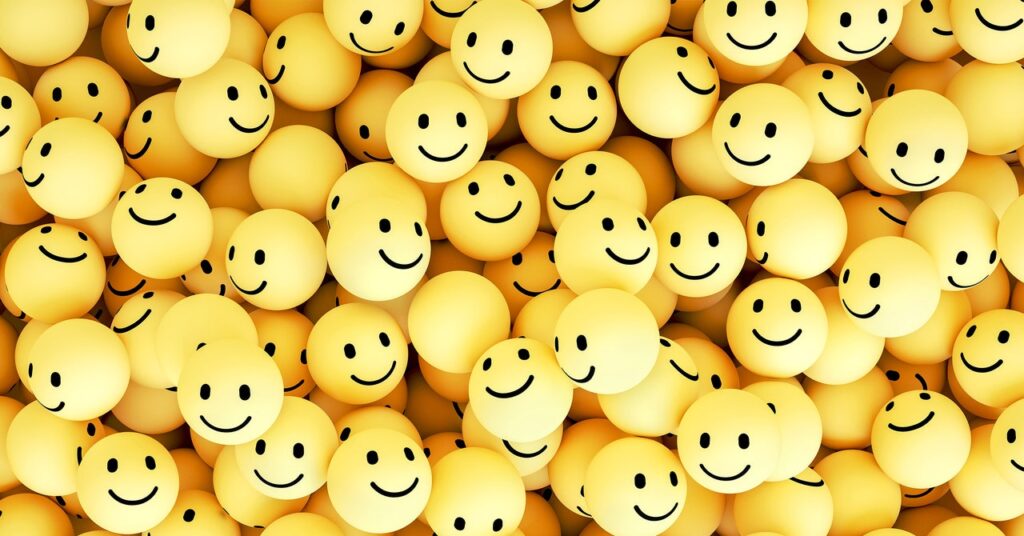How to Officially Submit Your Emoji Idea
Have a killer idea for the next great emoji? Here’s the paperwork you need to fill out….


If you’ve ever had an idea for a new emoji bouncing around in your head, now’s your chance. The official online submission window for 2022 opened in early April and closes at the end of July. Anyone not familiar with the history of the tiny cartoon images should check out our guide to emoji by senior writer Arielle Pardes, who explains the emoji’s background in Japanese culture and how it’s currently indexed by a nonprofit group known as the Unicode Consortium.
Mainstream users have adopted emoji in everyday exchanges, and the number of available choices has slowly risen. More diverse emoji options include additional skin tones, as well as improved representation for women and people with disabilities. Unicode’s latest batch contained emoji for a melting face, biting lip, pregnant man, X-ray, and troll.
Jay Peters, a writer for the Verge, detailed how his submissions for the yawning face and waffle were successful a few years ago. But even with Unicode’s redesigned website, be prepared for a Kafkaesque submission process with long wait times and a 💩-ton of paperwork. I’ve combed through Unicode’s lengthy official guidelines to help you understand the selection criteria and what to include with your proposal.
Before getting too excited about an idea, check out Emojipedia to see if the design already exists. In addition, look at Unicode’s full list of pending and declined emoji requests from previous years. If a specific emoji idea has been declined, you must wait two years before resubmitting a case for inclusion. So if you planned on proposing a marijuana leaf, you’ll have to hold off a little longer.
Unicode breaks the selection factors for new emoji into two categories: reasons for inclusion and reasons for exclusion. Proving the various use cases for your emoji is essential, as is demonstrating the potential frequency of use with search data. The idea needs to be distinctive enough to represent a “visually iconic entity.” In your submission packet, come up with examples of the emoji pairing with existing emoji to create new meanings and potential alternative interpretations. For example, a case for the peach emoji could have highlighted its potential for representing butts.
The nonprofit is not fond of signature petitions or social media campaigns calling for an emoji; Unicode prefers to focus on the quality of the proposal. Avoid suggesting trendy emoji that will lose relevance in a few years or are so precise that use cases are limited. If someone can already express similar sentiments using an existing combination of emoji, that is a reason for exclusion, according to Unicode. Direct references to specific people, buildings, landmarks, companies, or deities are forbidden.
Concerning the visual representation of the proposed emoji, you need to submit original artwork or prove an image is in the public domain. The image is what designers at Apple and Google will use as a launching pad for different renditions. Color and black and white versions of the images are required, and they cannot be grayscale. Make sure to carefully follow the required formatting and submit multiple file sizes.




